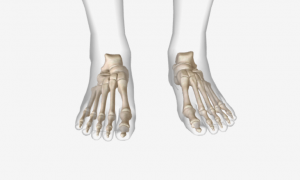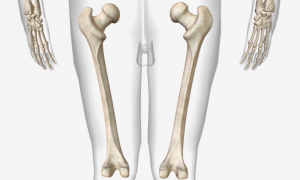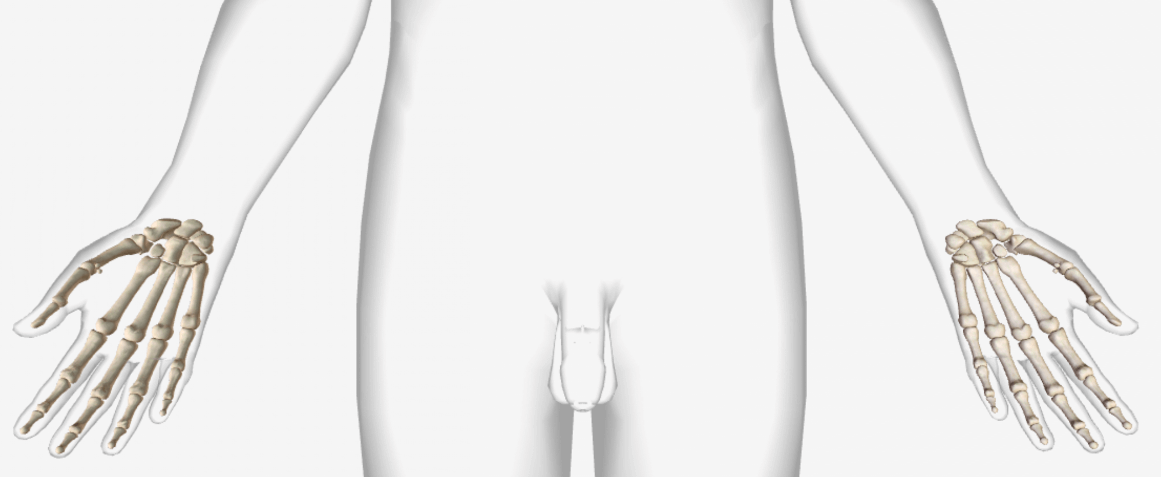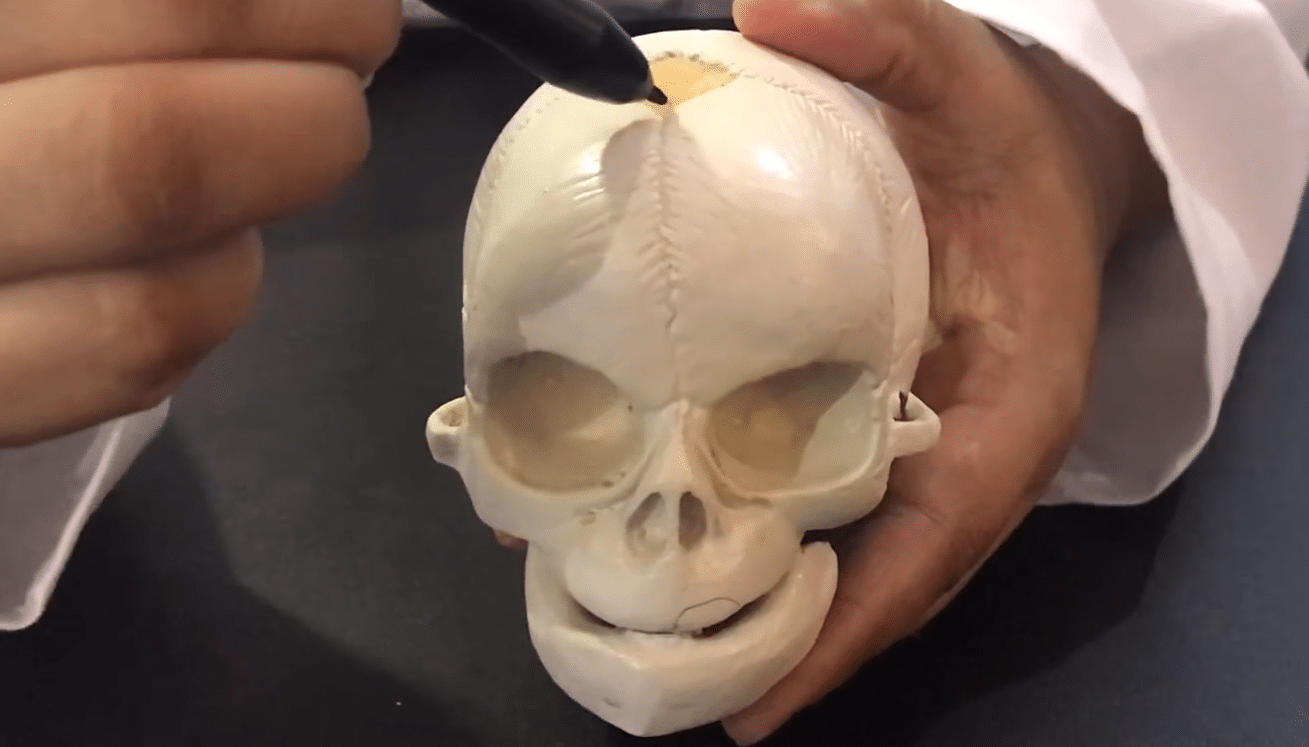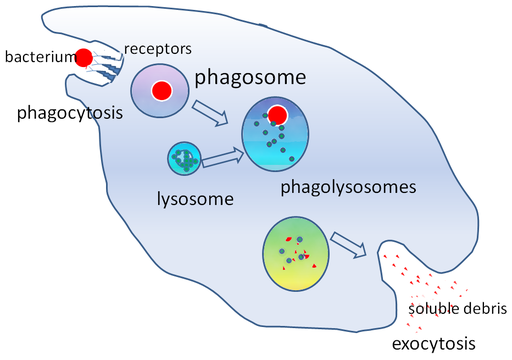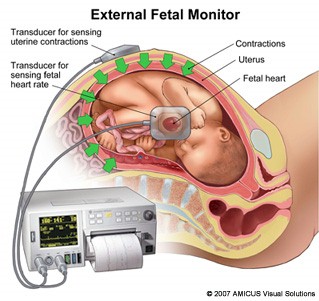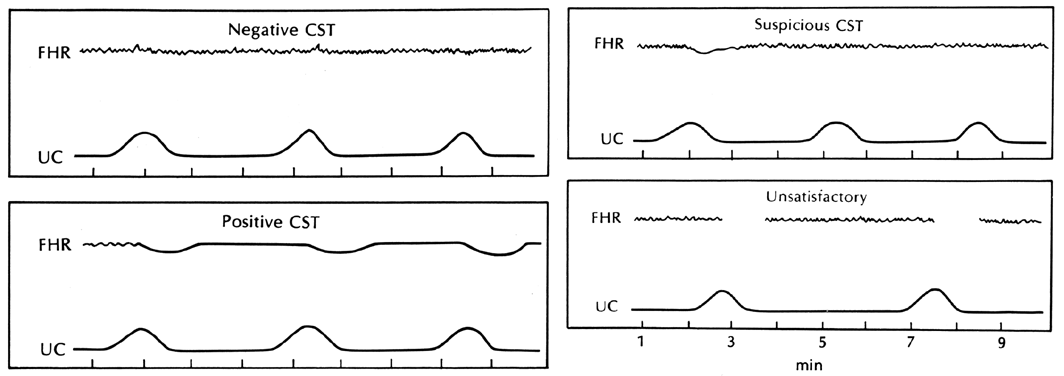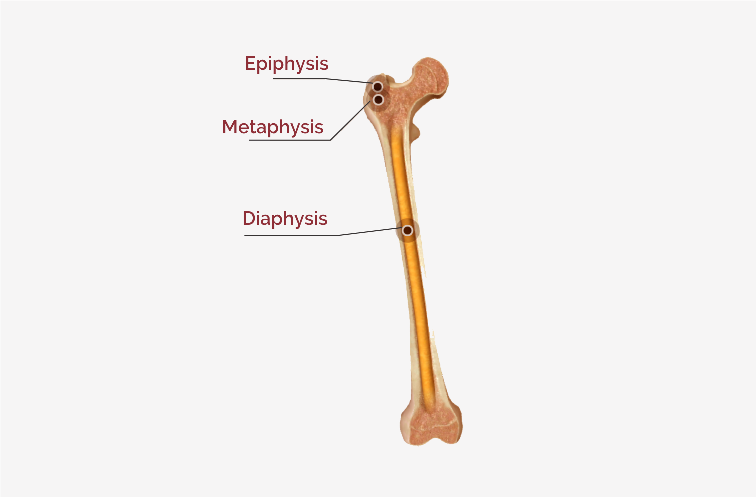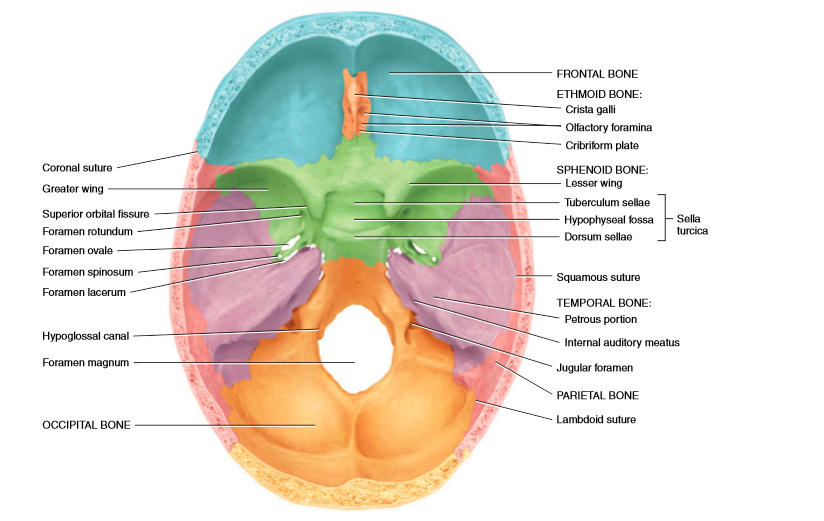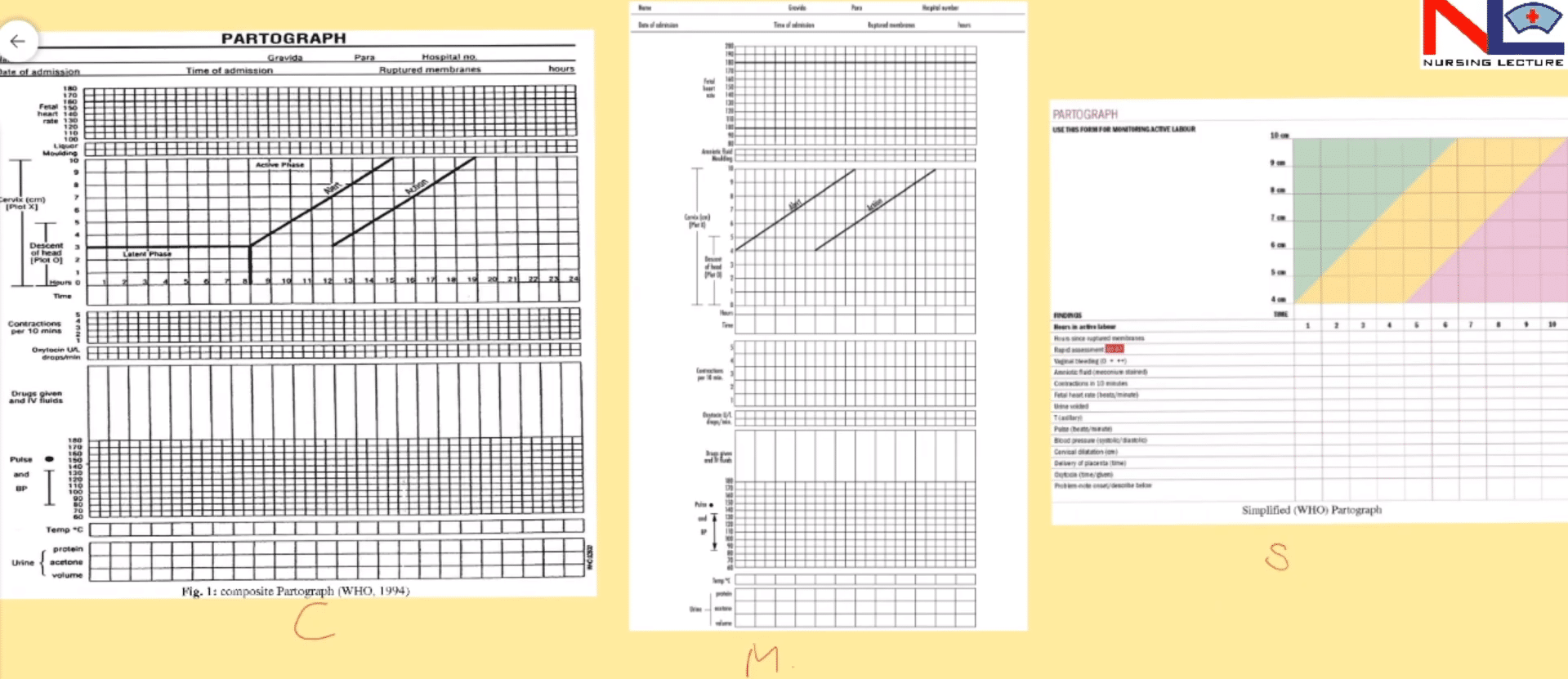The Humerus
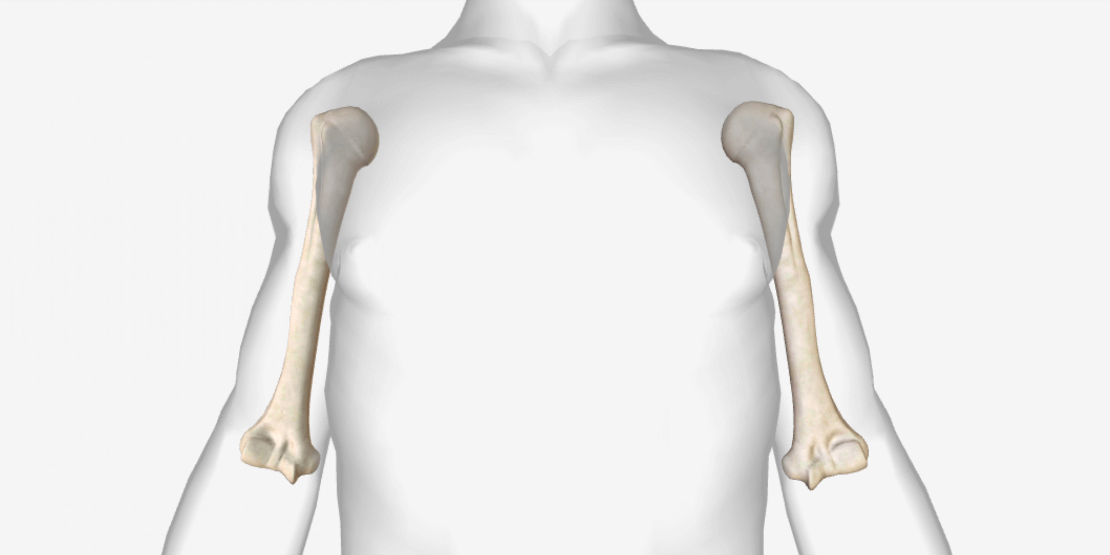
The upper limb is the part of the appendicular skeleton and has 30 bones in which, the humerus in the arm, the ulna, and radius in the forearm, the 8 carpals in the wrist, the 5 metacarpals in the palm, and the 14 phalanges in the hand.
Here we see the structure of humerus-
-It is the longest and largest bone of the upper limb.
-The proximal end has a round head that articulates with the glenoid cavity of the scapula to form the glenohumeral or shoulder joint.
-Below to the head is the neck, and the greater tubercle is a lateral projection distal to the neck, the lesser tubercle projects anteriorly.
-Between these 2 tubercles, there is a groove, the intertubercular sulcus.
-The body of the humerus is cylindrical at the proximal end and becomes triangular, flat and broad at its distal end.
-Laterally, at the middle portion of the shaft, is the deltoid tuberosity, a point of attachment for the deltoid muscle.
-On the posterior surface of the humerus is the radial groove, that contains the radial nerve.
-The capitulum is a rounded knob on the distal lateral aspect of the bone that articulates with the head of the radius.
-The radial fossa is an anterior depression above the capitulum.
-The trochlea is in the medial aspect, that articulates with the trochlear notch of the ulna.
-The coronoid fossa is an anterior depression that receives the coronoid process of the ulna when the forearm is flexed.
-The olecranon fossa is a large posterior depression that receives the olecranon of the ulna when the forearm is extended.
-There is a medial and lateral epicondyle, these are rough projections on either side of the distal end of the humerus, which provide an area for the attachment of muscles of the forearm.

